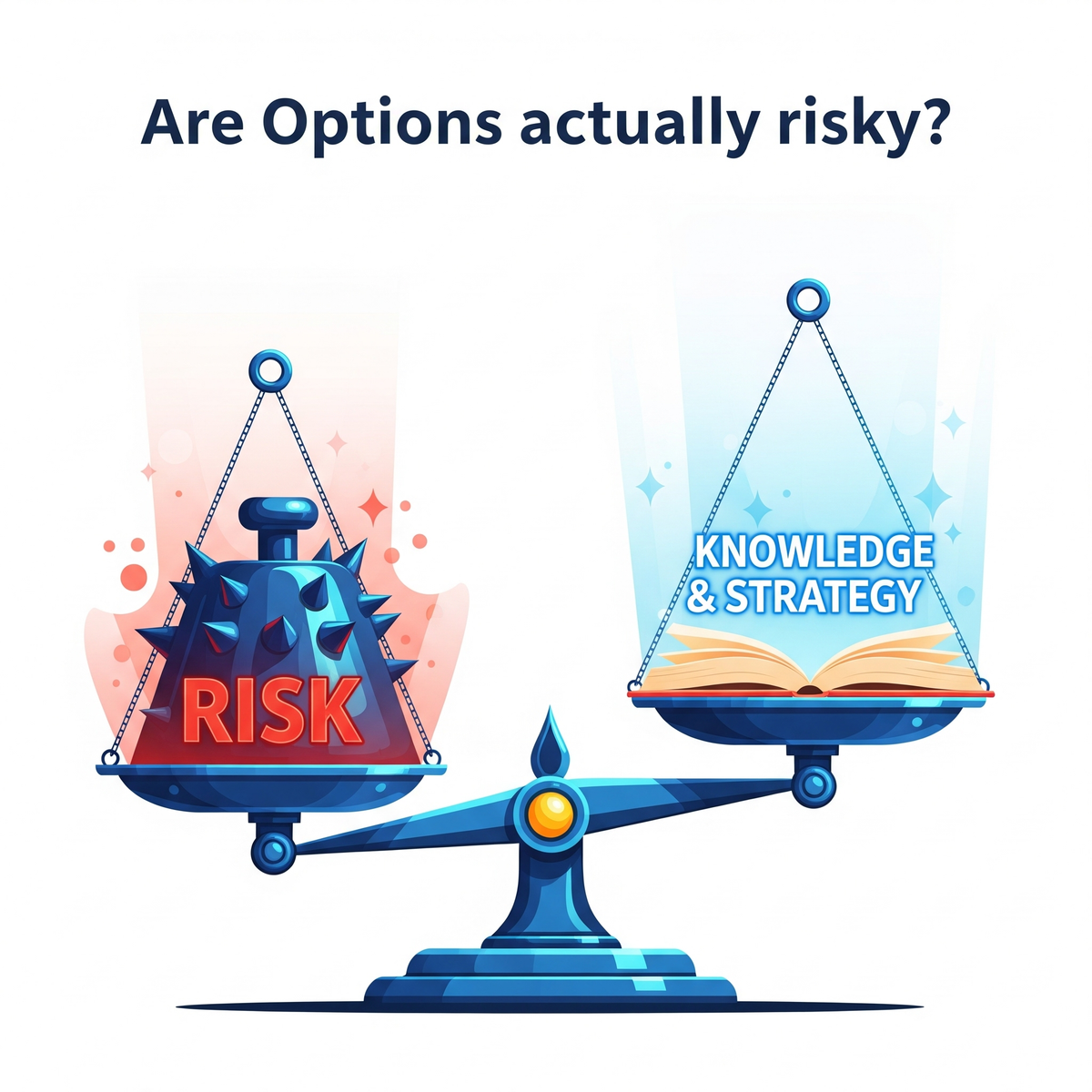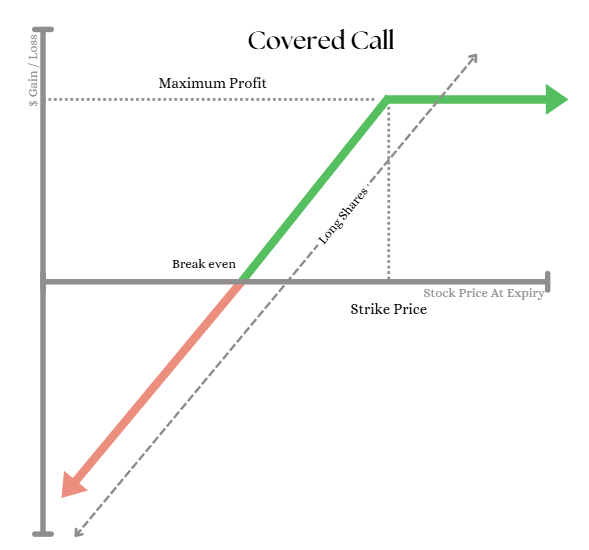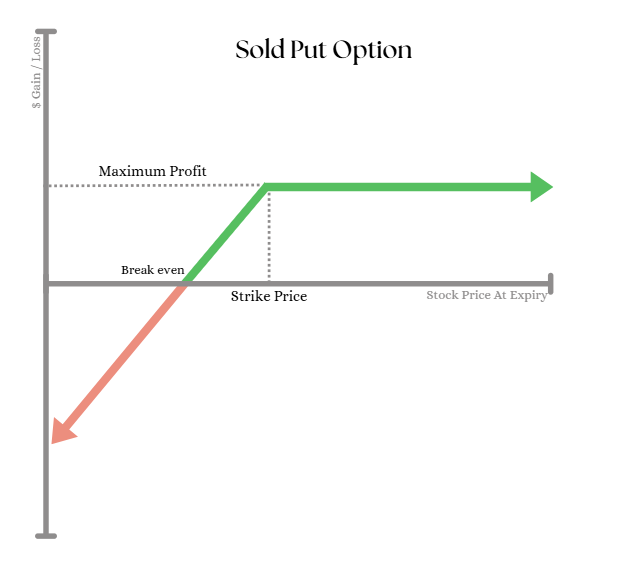Are Options actually risky?
The reality is that options offer a versatile tool that can be used for the exact opposite purpose: to reduce the overall risk in your portfolio.

In the realm of trading and investing, the mention of "options" often triggers an immediate association with "ultra high-risk," "exessive leverage," and wild, swinging volatility. This commonly quoted myth, often regurgitated in financial circles, suggests that options are primarily for "swinging for the fences" with "crazy fluctuations".
While it's true that options can be used for such purposes, "High risk high reward" "go all in on one trade" – though this is generally ragarded as "not a good idea" – this characterization is fundamentally wrong.
The reality is that options offer a versatile tool that can be used for the exact opposite purpose: to reduce the overall risk in your portfolio
By strategically employing options, investors can achieve "less risk, not more risk," leading to "more reliable" outcomes, a "smoother" ride, and "less" fluctuations than they would otherwise experience. Lets review a few examples:
- The Protective Put
Owning Stock, Buying a Put option to protect downside risk.
Think about this like insurance against your asset value. You pay a premium to own the insurance, it protects your asset if it falls below the current price.

Let's explore how options can serve as a shield for your investments:The Protective Put: Your Portfolio's Insurance PolicyConsider a common investor scenario: holding a portfolio of long stocks, playing the market to the upside, which makes sense given the historical average return of around 10% per year for a long-only portfolio3.
However, this position is vulnerable to "big outlier move[s] to the downside" or "Black Swan" events, such as the internet bubble burst, the 2008 financial crisis, or the 2020 COVID crash, which can "wipe out years and years of appreciation"3.This is where a protective put comes into play3. By buying long puts and adding them to your portfolio of long stocks (e.g., in market indices like SPY or QQQ), these options act as "insurance against one of those big violent moves to the downside"4. If the market drops below your strike price, the long puts will "gain value and hedge some of the losses" on your long stock. If the market doesn't drop, the puts expire worthless, and you lose the premium paid4. While historical research from tasty in 2020 showed that buying 16 Delta puts for protection on SPY from 2005-2019 resulted in an average net loss of $57 per trade and only offered protection 7% of the time, the strategy still serves as a simple counter-example to the notion of options being inherently ultra high-risk5. It demonstrates how options can be used to "better control your downside and better control your overall risk"56.
- The Covered Call
Owning Stock, Selling a covered call option to collect premium
This strategy is without argument, without dispute, a less risky position than long stock itself. Risk is reduced by the premium collected, by giving up extra stock performance beyond a certain strrike price.

When you implement a covered call, you buy 100 shares of stock and simultaneously sell a call option against those shares. For instance, if you buy 100 shares of Microsoft at $350 and sell a 45-day $370 strike call for $3, your risk-return profile changes8. You still profit if Microsoft rises above $350, but your gains are capped at the $370 strike. Crucially, if Microsoft falls below $350, you "lose on your long shares just like you would with a strictly long share position," but you get to "keep that $3 that you sold the call for," which acts as a buffer against losses9. This credit turns an otherwise break-even stock outcome into a profitable one9. The credit collected on entry effectively "serves as a buffer against stock drops," making the covered call "by definition a less risky position than pure straight long stock"10. It's a clear example of using options to "reduce your portfolio risk"10.
- The Cash-Secured Put
Sell Put Option below current market price with cash available to buy shares
Selling an OTM put option is less risky than simply owning long stock. You limite your maximum profit to the premium received for entering the trade, and you are profitable until the stock price falls below the strike price, then P/L is based on owning stock.

Consider a stock at $100 per share. If you buy 100 shares, a drop to $95 means a $5 per share loss. However, if you sell a $90 strike put for $2.50, a drop to $95 doesn't hurt the short put, as it's still out-of-the-money, and you keep the $2.50 premium. Even if the stock drops further to $80, while the long stock takes a $20 per share hit, the $95 short put only has $15 of intrinsic value. After factoring in the $2.50 premium collected, the loss is only $12.50.
Now, we're not saying these strategies are better than owning stock, or these are how you trade options - this is purely an observation to dismiss that options trading is risky.
Options trading can reduce risk and provide more stable returns. Whether it's hedging a portfolio, speculating on price, or generating cash flow, there's no doubt that option contracts are the most versatile and valuable tools in finance.
Australia's biggest "Low-risk" LICs, including AFIC and ARGO both use derivatives in their portfolios. Check out their annual report!
There is a hurdle to understanding options and how they function - so ensure you've educated yourself and understand the market. But the upside of understadning options can transform your trading forever.




